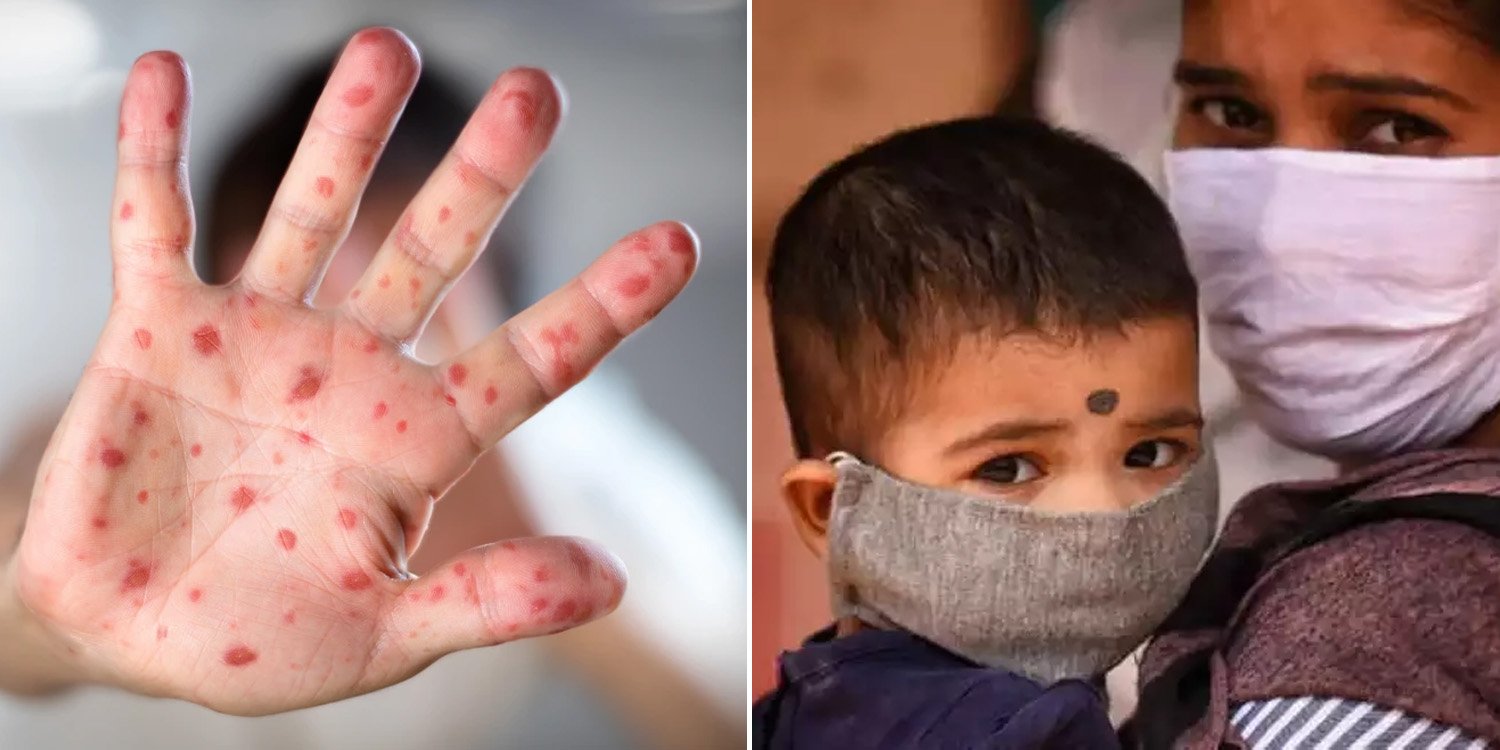Rare Tomato Flu Affects Children In India, Health Authorities Publish Advisory
Amid the increasing number of diseases affecting the world’s population, yet another affliction has started to pose an alarming health risk.
The tomato flu, labelled for the red blisters it causes patients to have, has reportedly spread to more than 100 children in India.

Source: Hierry Berrod, Mona Lisa Production/Science Photo Library via The Lancet, for illustration purposes only
Local health authorities have issued an advisory to warn citizens of the dangers of the disease.
Health officials have stated that the best way to combat the disease would be to increase efforts at sanitation and maintain proper hygiene.
Tomato flu spreads to over 100 children in India
According to an article by The Lancet on 17 Aug, the tomato flu is possibly a clinical variant of the hand, foot, and mouth disease.
It could also be an after-effect of chikungunya or dengue fever.
The Times of India states that the first case of tomato flu was reported in Kerala, India on 6 May. It has since spread to three other states — Tamil Nadu, Haryana, and Odisha.
As of 26 July, more than 82 children in Kerala have tested positive for the disease.
The patients are mainly in the Kollam district. Other affected areas in the state include Anchal, Aryankavu, and Neduvathur.
An official from the Regional Medical Research Centre in Bhubaneswar also said that 26 children between the ages of 1 and 9 have contracted the disease in the state of Odisha.
As a result, officials have issued a health advisory urging the public to take precautions.
Researchers recommend isolating suspected cases for five to seven days after they start experiencing the symptoms.
Infected children should also refrain from sharing items with those who have not been infected.
The best solution for prevention is the maintenance of proper hygiene and sanitisation of the surrounding necessities and environment.
Symptoms involve painful red blisters
Describing the disease, the Lancet article said it gets its name from the “eruption of red and painful blisters throughout the body that gradually enlarge to the size of a tomato”.
It likely spreads through close contact and is not considered life-threatening.
The most common symptoms exhibited by children with tomato flu are high fever, rashes, and intense pain in the joints.
Patients may also experience fatigue, nausea, vomiting, diarrhoea, dehydration, swelling of joints, body aches, and other common influenza-like symptoms.
While there are currently no vaccines or antiviral drugs to cure or prevent tomato flu, the research states that the infection tends to resolve itself on its own.
Treatment options include rest, drinking lots of fluids, and a hot water sponge to relieve irritation and rashes. Patients may also take medication for fever and bodyaches.
Despite having similar symptoms, tomato flu does not have any relation to Covid-19.
Young children are more at risk due to their use of diapers, as well as their tendency to touch unclean surfaces and put things into their mouths.
The similarities to the hand, foot, and mouth disease led the authors of the article to believe that if authorities do not manage to control the current outbreak, the tomato flu may spread to adults.
Have news you must share? Get in touch with us via email at news@mustsharenews.com.
Featured image adapted from The Sun and Newsday Express, for illustration purposes only.

Drop us your email so you won't miss the latest news.






